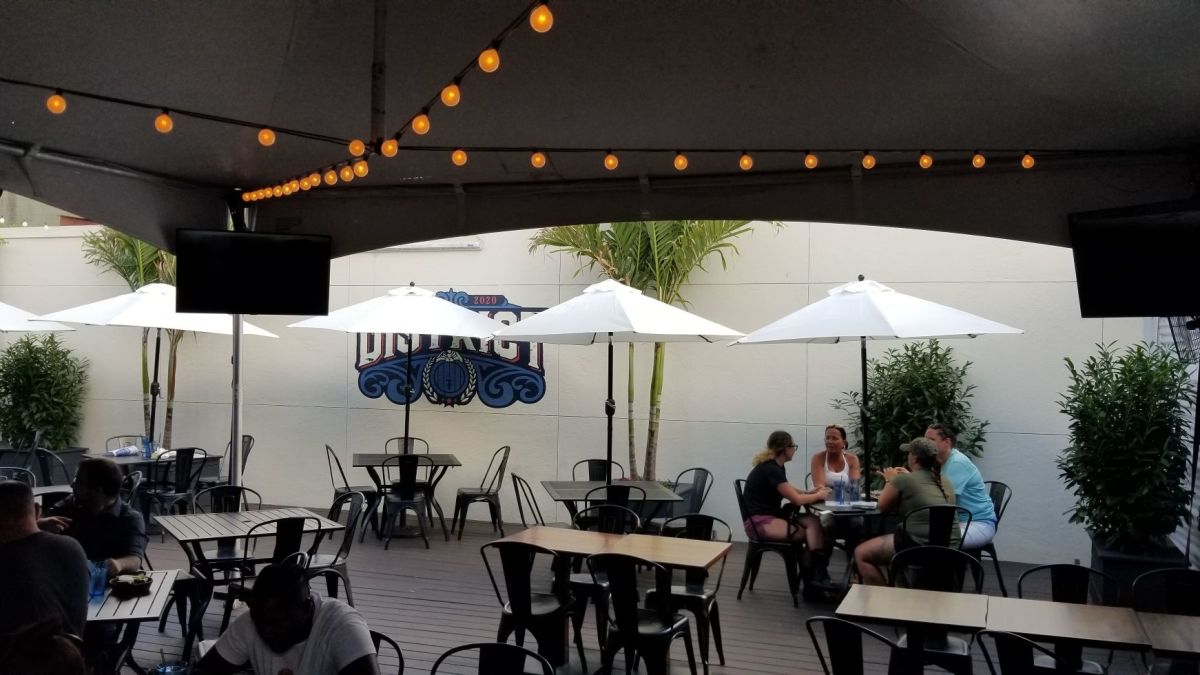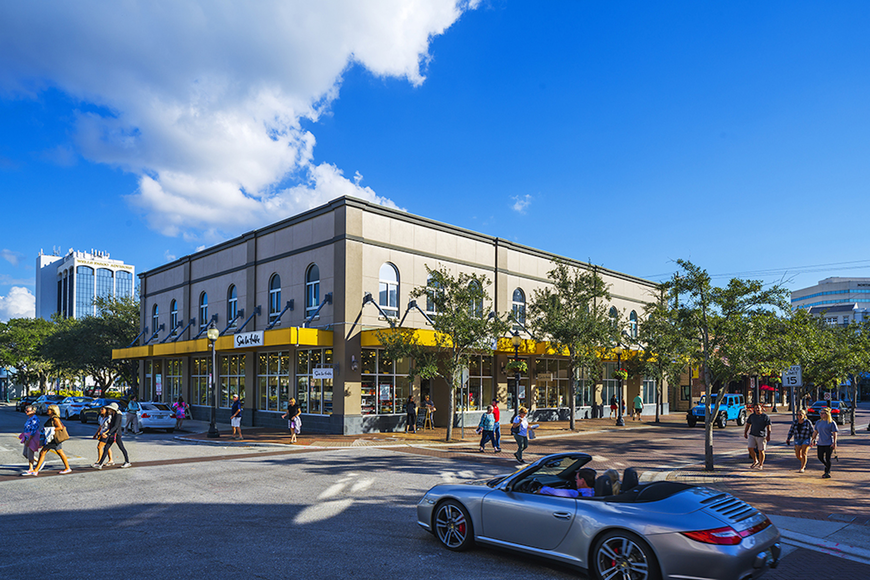The Second Quarter Results Are In, and Notable Trends Are Taking Shape in Each Market

In April, economists at CoStar, publisher of LoopNet, began to hypothesize about how each commercial real estate sector may change as a result of coronavirus-related closures. Demand, leasing, vacancies and transaction volume have all been affected, albeit in different ways. With a full quarter in the books since the nation’s initial shutdown in mid-March left tenants and landlords to navigate today’s real estate landscape, a clearer picture has emerged.
While it’s still uncertain whether the market will begin rebounding as cases surge in pockets across the country, experts are saying that the pandemic has impacted industrial, retail, multifamily and office markets in the following ways, and have explained what to look for through the rest of 2020.
Industrial

The industrial sector, touted as one of the most resilient asset classes for the pandemic, showed its strength over the last few months.
Leasing activity hit a low in April, contracting to less than half of pre-pandemic levels, but since then has been steadily improving, and even hit a pre-pandemic trend level with 900 leases signed in first week of June, said Abby Corbett, managing director and senior economist in CoStar’s Chicago office, in a new video on the state of the U.S. industrial market. There were 7,000 leases signed in the second quarter, which is about 72% of what was seen during the same period last year.
“E-commerce-fueled demand for distribution and fulfillment space continued to support demand for industrial space even in the most uncertain and volatile of quarters,” Corbett said. “Businesses have grown more comfortable assessing medium-and long-term demand and in making industrial space commitments. Robust requirements for distribution, fulfillment, cold storage and data center space is expected to fuel demand as the economy progresses through the post-COVID recovery.”
As online shopping has intensified and become a necessity of the pandemic due to many brick-and-mortar closures, real estate services firm JLL is predicting the industry’s industrial space will explode by 1 billion square feet between now and 2025.
One clear trend in leasing activity, in particular, that has emerged over the past few months is demand for smaller, last mile fulfillment centers located near dense urban areas.
Almost two-thirds (60%) of the latest industrial leases involve smaller warehouses with less than 200,000 square feet used by health and medical companies, light manufacturers and e-commerce companies, according to CoStar. Leasing activity for space of this size, though, has declined slightly this year because of economic pressure on small businesses in the pandemic, Corbett notes.
Seattle giant Amazon asserted itself as the most active company to take warehouse space since the coronavirus pandemic began and is one of the largest occupiers of smaller warehouse buildings with more than 80% of its deals last year for small- and medium-size buildings, Corbett said. Still, the company only accounts for 10% of warehouse leasing in the second quarter.
Big box retailers like Target and Walmart are expanding footprints as e-commerce grows during the pandemic and buying smaller, last mile fulfillment centers in order to compete with Amazon and meet the changing needs of their consumers.
Industrial real estate company Prologis has indicated that demand for last mile urban infill centers has never been higher thanks to ever increasing e-commerce adoption rates, said Corbett.
The increase in warehouse demand helped offset a pullback by manufacturers, retailers and other firms forced to close or hand back space to landlords, said Corbett. Vacancies have risen a little, however, coming in at 5.5% for the quarter, up from 5.3% during the same time a year earlier. That, combined with landlord and tenant uncertainty and the downshift in demand, ended a five-year run of solid rent growth, which decreased to 3.8% in the quarter from 5% in the first three months of the year, reports CoStar.
Investment sales also slowed in the quarter because of the pandemic, with sales falling to just more than $13 billion, its lowest level since 2014.
An increase in sale-leaseback transactions by cash-strapped retailers, coupled with quick sales of smaller warehouses for last mile e-commerce centers, helped stabilize sales, Corbett said. She expects sale leaseback transactions to rise as they offer an attractive investment opportunity and at the same time offer cash-strapped retailers additional liquidity.
The outlook for industrial space is bright. Net absorption in the second quarter was in line with that of the first quarter of 2019, and CoStar’s base case forecast (in which job losses total 23.8 million) expects just one quarter of negative net absorption totaling less than 20 million square feet, likely from retailers giving back space in a tough economic climate.
Retail

To read more CLICK HERE






